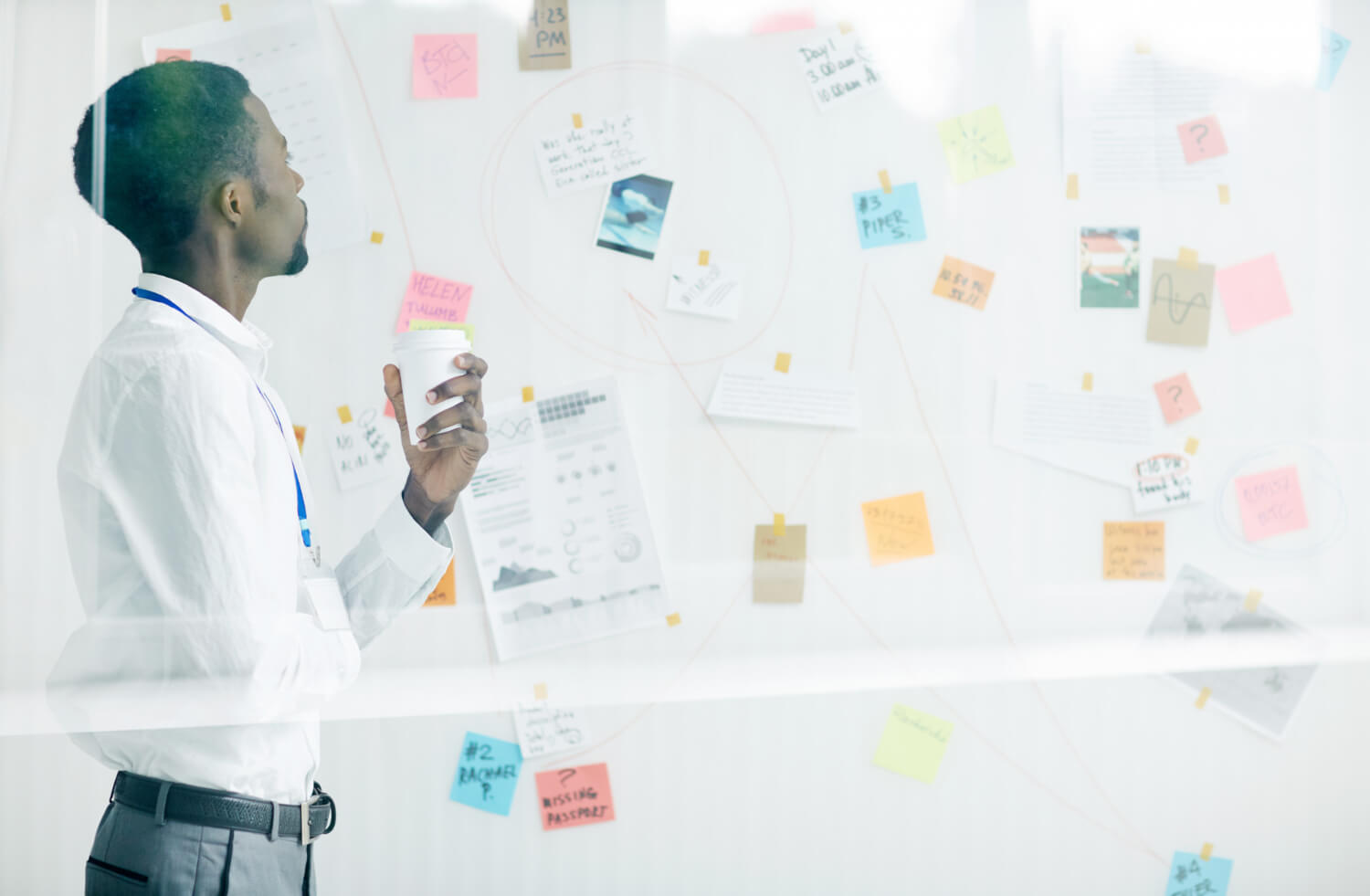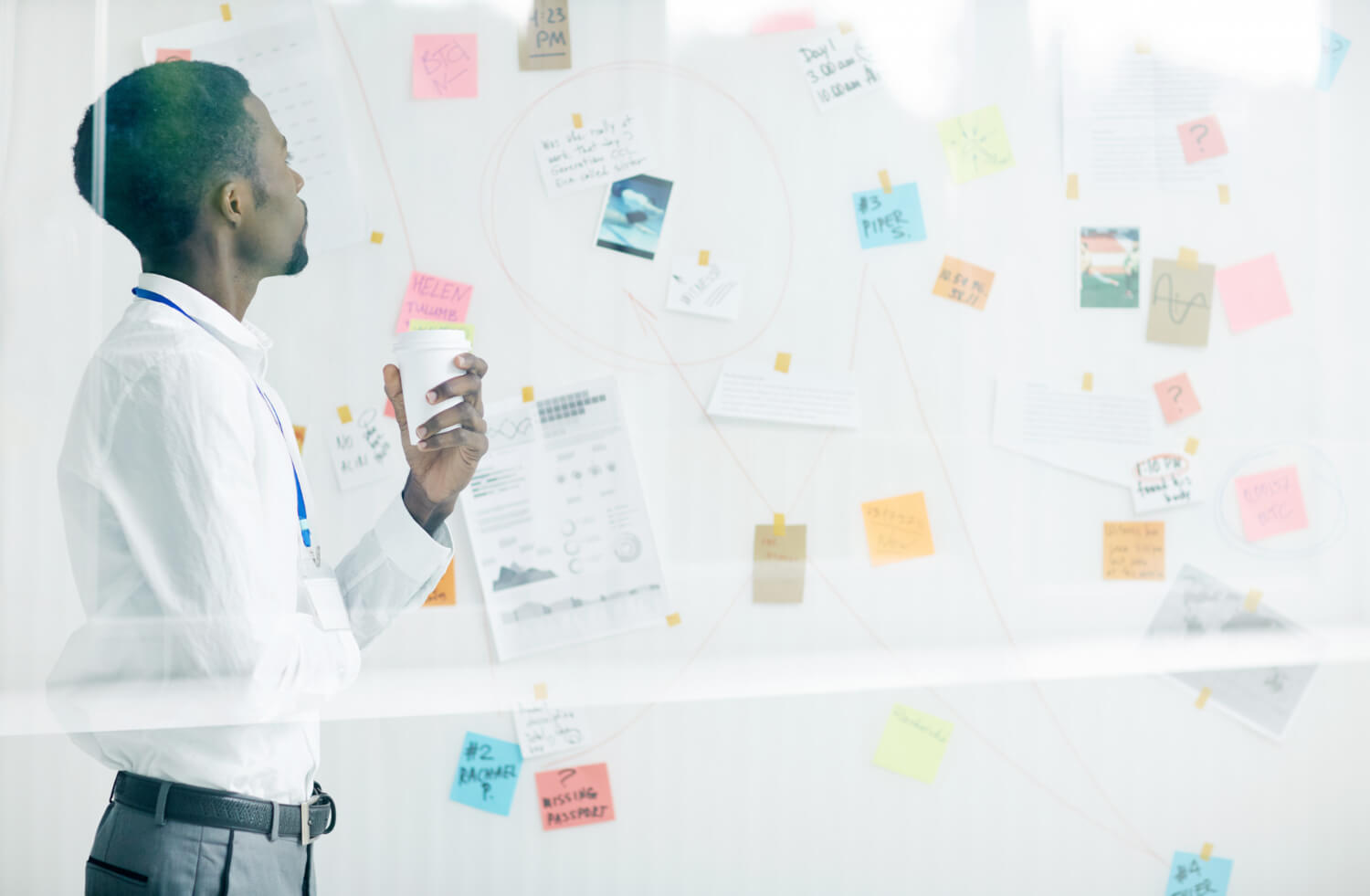Creating connection at the team level requires individuals to consciously connect first to themselves. The leadership literature confirms that emotional intelligence, presence, and influence all require self-awareness – as does connection.
Connection starts with your inner dialogue
We all have an inner dialogue that goes on in our mind, commenting on our experiences in the world moment-by-moment, situation-by-situation, person-by-person. It is so natural, so much a part of our “self,” that we rarely even hear the content or notice the impact it has on our actions. Tim Galloway calls it “Self 1”, Freud might say it is a product of the superego, and neuroscientists are beginning to believe it is an aspect of our consciousness. Regardless, mastering our inner narrative can change how we interact with the world and enables connection at a deeper level.
Full disclosure, this is not easy! I first became aware of the inner dialogue in 1985 listening to my mother after she had a mild stroke. She lost much of her ability to edit her inner dialogue, so we heard it as it happened. Wow, who knew? But then, wasn’t I also having a similar, but different, dialogue with myself? Equally enlightening was to observe how her inner dialogue created a self-fulfilling relationship with the world.
A Journey of a Million Miles
Tuning into your inner dialogue is a big step toward self-awareness. How critical, judgmental, blaming, or positive, praising, and playful is it? Connection with others requires that we be positive and see them as worthy of a deeper interaction. Since most of us operate as part of a team let’s start with how we can connect on that level.
Our inner narrative takes in all that we perceive during our interpersonal interactions – remember that includes the 90% non-verbal communication that is registering somewhere and showing up in our inner dialogue. “That was really stupid” can be directed toward another or ourselves. Either way it damages our ability to connect and react or interact positively. If this happens to you, “Mind the Gap!”
Biology of Business
Neurologically there is a gap between our physical (body and senses) processing of the environment, our brain’s interpretation of events (which collects all the body stuff and compares it to experiences from our past), and our conscious perception of the thoughts and feelings that tell us what is going on (the meaning we attach to any particular moment). In this gap multiple, if not millions, of possibilities exist simultaneously until they collapse into one “actionable state.” Simply stated, we have a choice in how we interpret and react to each encounter, and “Mind the Gap!” helps us identify the choices we are making.
Imagine a team meeting in which numerous ideas or opinions are flying around the room. Our tendency is to quickly assess (judge) the ideas and/or speakers based on our…what? Where does this come from? The brain bases it on our past experience, the body bases it on our reaction to the non-verbal, and our mind takes in all this and comments on it. Only when we “Mind the Gap!” can we create an internal dialogue that chooses to connect.
Let’s turn this meeting into one that “contextually welcomes connection.” Start the meeting with a check-in. For example, ask a question: Tell us one thing about your life that we would never guess? Or, What one or two words describe how you feel this moment? This creates the container for the meeting by: allowing everyone to leave what they were doing and come fully into this new space, reconnect with themselves (become embodied) before they have to connect with others, and express to the group who they are and how they are at this moment (creating the possibility for correct interpretation of their comments and actions, especially the non-verbal ones). The check-in, listening to others and determining my own, begins the connecting process. We now have the opportunity to interpret others correctly and respond with compassion even when we disagree.
With the check-in over, leaders (both formal and informal) have the responsibility for setting the pace of the meeting. Is it slow enough that connection can be maintained? Or, has it turned into a rapid fire, conversational shoot-out? Phrases, such as: “How interesting, tell us more”, “I wonder…” and “Let’s explore that further before we move on” provide the team with a chance to “Mind the Gap!” – keeping the conversation non-judgmental and people connected.
Be clear about where you are in the conversation. Is this a dialogue that is slow, reflective, and able to generate innovative ideas? Is it dialectic, where thesis and antithesis battle each other to create a better idea (synthesis), which must be hard on the problem but soft on the people? Or a discussion – action orientated, decision making, and assigning tasks and responsibilities. When team members are having different conversations at the same time without being aware of it, connection is impossible.
Close the meeting with a check-out. How is everyone feeling, what did they take away, what insight did they have? This confirms the connection that was established and prepares the team for an even deeper connection the next time they meet or as they work together between meetings.




